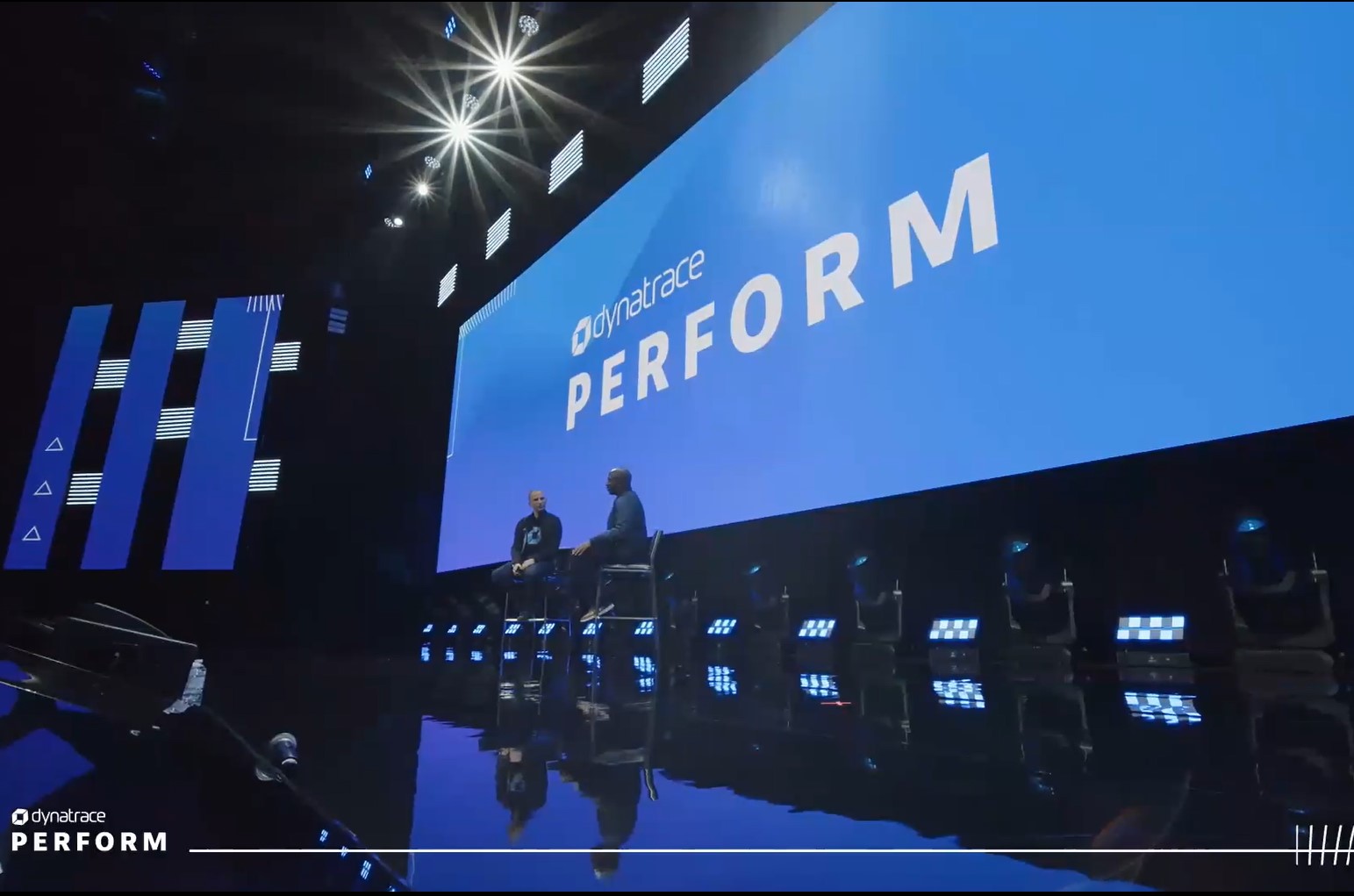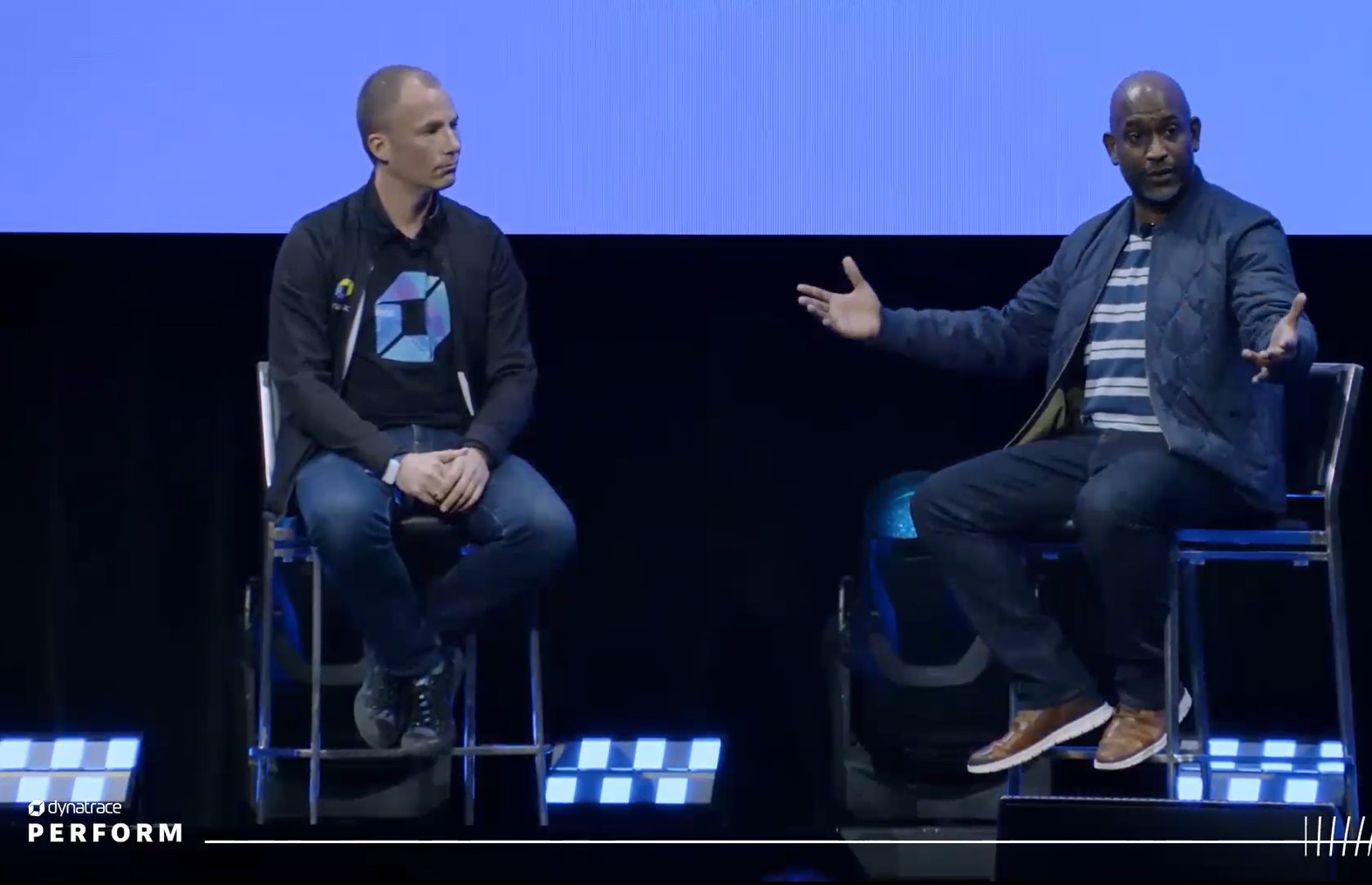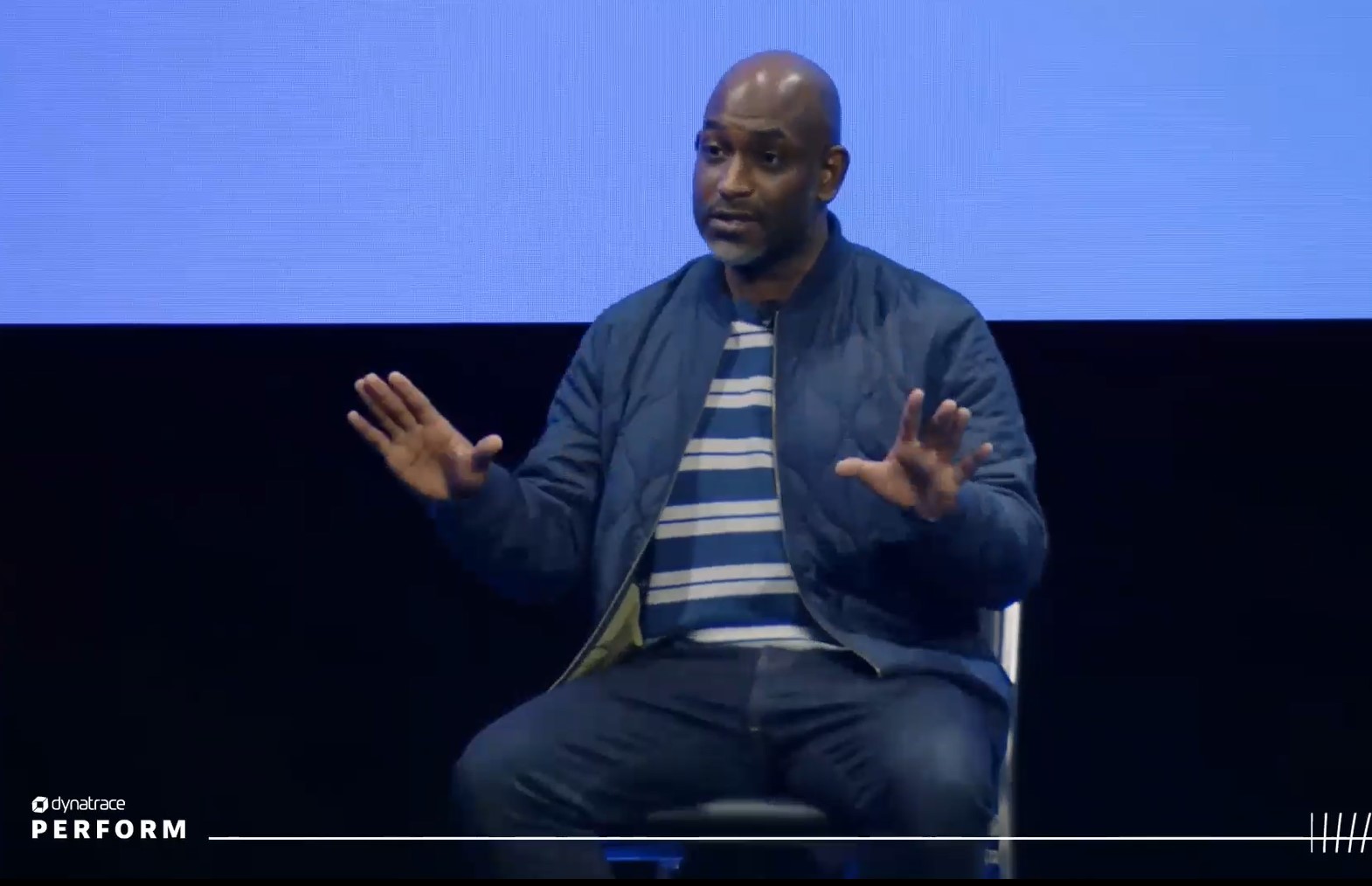While technology is taking aim at many of today’s problems, there’s little doubt that it also introduces new challenges for today’s IT teams.
Google Cloud Distinguished Engineer Kelsey Hightower hopes to solve the many problems facing IT culture by equipping people with the mental and computational software they need to succeed in the competitive world of technology.
At Perform 2023, Dynatrace’s annual conference, Hightower once again joined DevOps activist Andreas Grabner onstage to discuss the role of AI in today’s cloud environments. To showcase the future of AI, Grabner enlisted the help of AI through ChatGPT. “How would you introduce Kelsey Hightower on stage for a panel discussion?” While the automated answer was technically fine, Grabner noted it wasn’t personal. The AI chatbot wasn’t aware of the relationship Grabner and Hightower had built connecting at Perform last year, proving that while technology can help humans, it can’t replace them. Grabner then introduced Hightower with a personalized touch, recognizing his ability to take complex technology concepts and break them down into emotional and human perspectives.
Following are five concepts Hightower shared with Grabner to talk about the challenges that come with ever-advancing technologies and infrastructures.

Focusing on the fundamentals
Grabner recalled a 2017 tweet from Hightower that outlined how his technology career gathered steam once he started to “focus on the fundamentals.”
In the IT world, there are constantly new concepts, terms, and technologies to learn. Hightower can wrap his head around something new by taking a step back and focusing on the fundamentals.
Hightower gave an example of humans’ first potential use of observability. The first systems reliability engineer (SRE) position ever created may have been thousands of years ago, in a village whose inhabitants needed to protect themselves from predators. The SRE kept watch throughout the night, counted the villagers, and ensured that the same number of villagers were present in the morning. If an SRE spotted a predator, the SRE needed to be on call to help. Sound familiar? “Fundamentally, humans have engaged in observability for thousands of years,” Hightower said.
“When you think about observability, the fundamentals are that we know how these things fail, and we now have the technology to put eyes and ears all over the place, up and down the stack,” Hightower said. “And if you’re collecting the right information… that’s what you turn into dashboards and graphs. Then people can respond to those events. It keeps the human perspective, and we can now explain why it’s important.”
Removing boundaries by creating new ones
Grabner referenced the latest Cloud Native Computing Foundation (CNCF) Annual Survey, a report to which Dynatrace contributes data. Given the growth in Kubernetes deployments, especially moving into the public cloud, many traditional boundaries between on-premises and cloud environments have blurred. Grabner asked Hightower if there are other boundaries outside of technology that need to be broken down.
Hightower responded that one of the best ways to remove boundaries is to create new ones.
He then elaborated on how boundaries are beneficial. “People believe that they want to be able to tear down all the walls and remove all the silos, but I don’t think this is what they actually mean.” He noted that a boundary is beneficial between an internet service provider and its customer. “I want to connect to the internet, so I go buy a modem, I screw it in, and it should just work. I prefer silos with a clean API.”
When it comes to Kubernetes, eventually organizations realize that having unbounded context can leave developers paralyzed by the number one boundary: the barrier to entry. Ultimately, people don’t want to be directionless, especially when it comes to Kubernetes. There should be some boundaries in the sense of focusing on a task or solving a problem.
“Kubernetes is just a complex way of saying, we’ve learned a lot over the last decade, and let’s create new workload types. [Kubernetes is] literally giving infrastructure types,” Hightower explained. “Instead of this dynamic world of do whatever you want with batch scripts, we now finally have an API [application programming interface], an infrastructure SDK [software development kit] if you will, that allows people to remove the barrier to entry.”

You can’t reverse-engineer what you don’t understand
Grabner observed that Kubernetes enables developers to innovate and deploy freely, which created a sort of Wild West. This complexity in IT operations raises the question of how to ensure that not only the individual service but also the application is working well, has clear ownership, and can be monitored and operated.
To save time developing new functionality, developers often reuse code in their applications that someone else already wrote. “We spend our whole careers trying to reverse-engineer these applications, and then we plug in all these tools to try to give us some insight on how they’re supposed to work. This is an impossible task.”
Hightower shared his beliefs on operational best practices. “The whole goal is, we want to reduce the amount that a human needs to give to the system in order to make it do what you want it to do,” he said. “Going forward, we need better frameworks, and once we have those, we encode these best practices.”
For Hightower, it’s important for organizations to encode what they learn into their platforms so the next developers don’t need to keep relearning operational expertise.
The future of AI means roles are evolving and converging
With data as the gravity point, Grabner shared that Dynatrace just announced that the AI platform is bringing more data types into Dynatrace Grail™, its causational data lake house. This launch expands Grail’s ability to store, process, and analyze the enormous volume and variety of data from modern cloud ecosystems while retaining its context and without having to structure or rehydrate it.
For Hightower, this kind of innovation demonstrates how roles are evolving. “If you believe that you’re only an SRE and reliability is the only thing that matters, the same data that you’re collecting will tell you about security incidents, it will tell you about performance requirements and whether you’re meeting them or not.” Because of this, Hightower believes that eventually SRE, security, and performance engineering roles will converge into what’s called a data scientist.

The future of AI is resetting the bar for humanity
Grabner posed a final question: As AI continues to grow exponentially, does the people aspect change?
“I hope it does,” Hightower replied. “Whatever AI can produce should become the new baseline for humanity.” This will help build a new appreciation for human dialogue.
“A lot of people don’t know how to craft a business email,” Hightower said. Instead, they can use AI tools such as ChatGPT to write introductions and business emails. “And once we raise that bar, then human creativity should [evolve from having so many people writing business emails when the computer can do it.] We should have those people creating business relationships instead.”
To see more of the exciting things that went on at Dynatrace Perform 2023, check out the Perform guide.





Looking for answers?
Start a new discussion or ask for help in our Q&A forum.
Go to forum